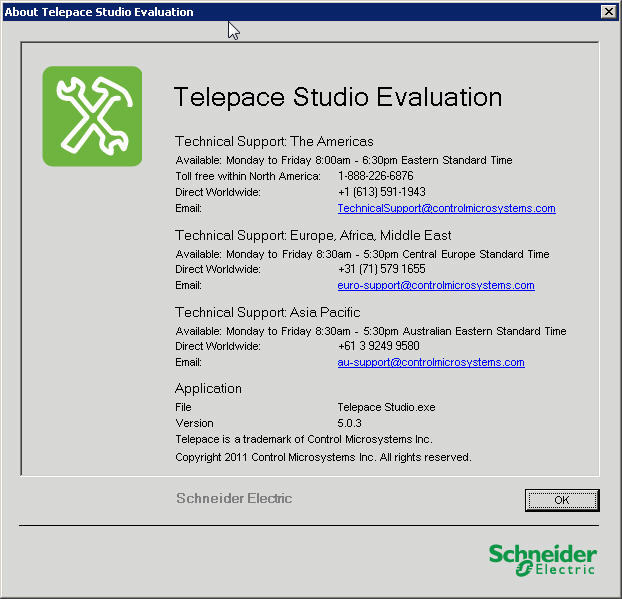

HDTV regular services started in June 2006 under the name Sky HD, with the broadcasting of the 2006 FIFA World Cup in High Definition.
#Telepace studio purchase tv#
In 2003 these merged into Sky Italia, today this pay TV platform is broadcasting from Hot Bird satellites.

Italy has had digital satellite broadcasts since the 1990s, with the launch of Stream TV and TELE+. Licence fee payers from the region were entitled to a 50 euros discount off the price of a digital television decoder or a new, digital-compatible TV set. Beginning October 31, 2008, in the first region of Italy planned to interrupt analog transmission, Sardinia, television networks broadcast multiplexes only in digital format. In July 2008 the European Commission's directorate for competition expressed concerns on whether the actions taken by the current Italian government would be able to alter the current status of duopoly in the broadcasting market held by RAI and Mediaset. The HD signal has been transmitted over the Turin area, using DVB-T hierarchical modulation, and only specially crafted decoders have been able to receive this signal: they were placed in strategical points in the town.ĭuring the UEFA Euro 2008 and the 2008 Summer Olympics, RAI started experimental high definition broadcasting on Rai Test HD, available only in Turin, Milan, Rome, Sardinia and Aosta Valley, continuing with the 2008 UCI Road World Championships and a few matches of the UEFA Champions League. In February 2006, during the 2006 Winter Olympics held in Turin, RAI experimentally broadcast a number of sport events using a 1080i signal and H264 coding. Starting from January 2005 Mediaset and Telecom Italia Media started offering pay TV services through a prepaid smartcard, including football games, movies and TV shows. The Berlusconi II Cabinet started promoting the digital format in December 2003 by granting a public financial contribution for the purchase of a MHP digital television decoder. Television providers Digital terrestrial television ĭigital terrestrial television technology has expanded rapidly and now every major network in Italy (including RAI and Mediaset) transmits in DVB-T format, while analog broadcasts were continued until the end of the transition, originally set by law to Decembut later pushed back to the end of 2012.

Terrestrial television has historically been the dominant form of transmission in the country. According to a December 2008 poll, only 24% of Italians trusted television news programmes, compared unfavourably to the British rate of 38%, making Italy one of only three examined countries where online sources are considered more reliable than television ones for information.

Unlike the BBC which is controlled by an independent trust, the public broadcaster RAI is under direct control of the parliament. Īccording to the BBC, the Italian television industry is widely considered both inside and outside the country to be overtly politicized.
#Telepace studio purchase free#
Apart from these three free to air companies, Comcast's satellite pay TV platform Sky Italia is increasing in viewing and shares. The third largest player, the Italian branch of Discovery Communications, had a viewing share of 5.8%. There are two main national television organisations responsible for most viewing: state-owned RAI, accounting for 37% of the total viewing figures in May 2014, and Mediaset, a commercial network which holds about 33%. However, this lasted for a very short time: when fascist Italy entered World War II in 1940 all transmissions were interrupted, and were resumed in earnest only nine years after the end of the conflict, on January 3, 1954. Television in Italy was introduced in 1939, when the first experimental broadcasts began.


 0 kommentar(er)
0 kommentar(er)
